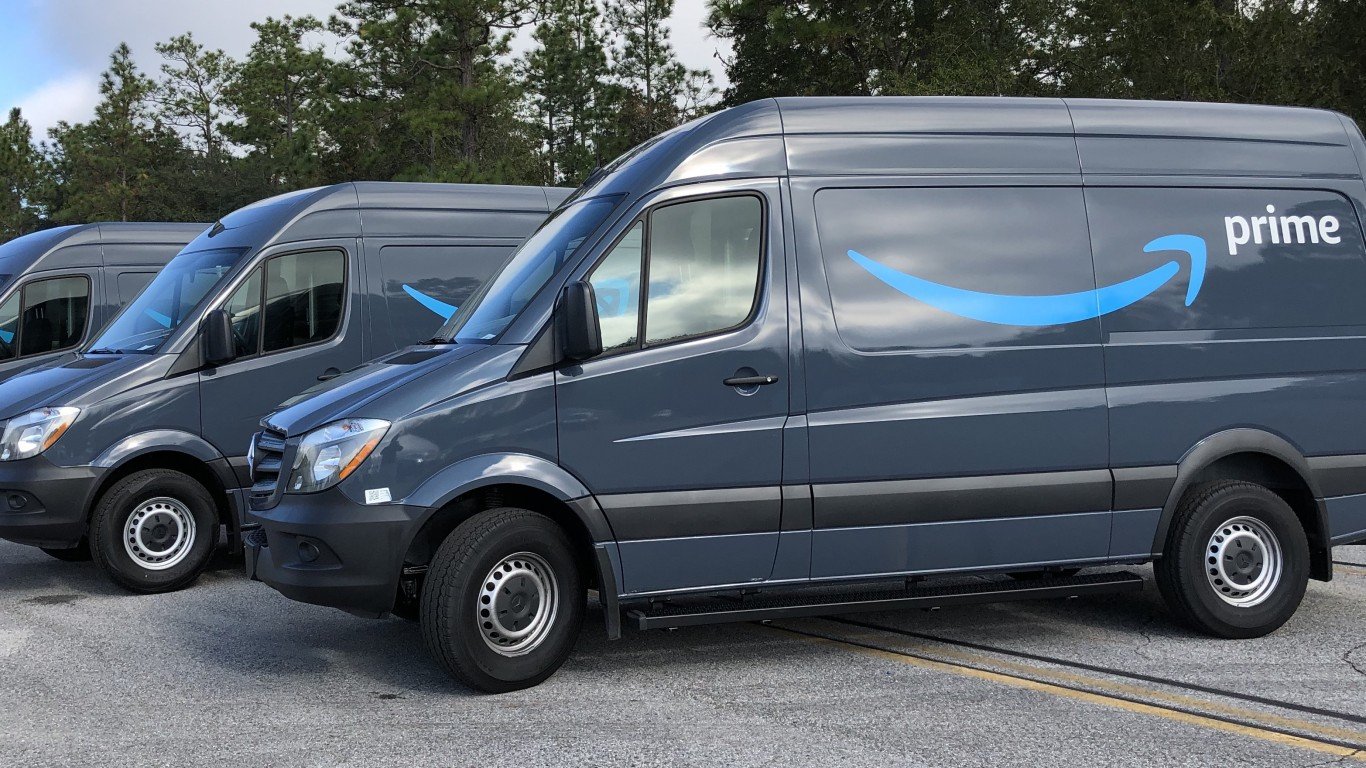
"The Prime program has been a cornerstone of Amazon's ( NASDAQ:AMZN ) revenue stream since it first began in 2005, offering unlimited, two-day shipping on a large selection of items for an annual fee of $79. Last year it generated a staggering $44.3 billion, up from $40.2 billion in 2023. This subscription service, a juggernaut in e-commerce, offers members free shipping, access to Prime Video, Prime Music, Kindle Unlimited, and a host of other perks, making it a compelling deal for millions."
"In 2024, Amazon's shipping costs soared to $95.8 billion, compared to $89.5 billion in 2023, dwarfing the revenue from Prime subscriptions. While Prime drives customer loyalty and higher spending - Prime members spent an average of $1,170 in 2024 versus $570 for non-members - the program likely operates at a loss. To address this gap, Amazon is now tightening its belt, making bold moves to recoup some of the shortfall."
"Starting October 1, 2025, Amazon will discontinue its Prime Invitee Program, a feature launched in 2008 that allowed Prime members to share free shipping benefits with others outside their household. The company announced on its "Help & Customer Support" page that "Prime benefit sharing through the Prime Invitee program will end on 1 Oct. 2025. Prime invitees will lose access to the shared Prime delivery benefit, but can use Amazon Family instead.""
Prime generated $44.3 billion in 2024, up from $40.2 billion in 2023. The subscription offers free shipping, Prime Video, Prime Music, Kindle Unlimited, and other perks. Shipping costs totaled $95.8 billion in 2024, up from $89.5 billion in 2023, exceeding Prime subscription revenue. Prime members spent an average of $1,170 in 2024 versus $570 for non-members, indicating higher shopping frequency and value. The program likely operates at a loss, prompting Amazon to implement cost-cutting measures. Amazon will end the Prime Invitee Program on October 1, 2025; invitees will lose shared delivery benefits but can use Amazon Family.
Read at 24/7 Wall St.
Unable to calculate read time
Collection
[
|
...
]